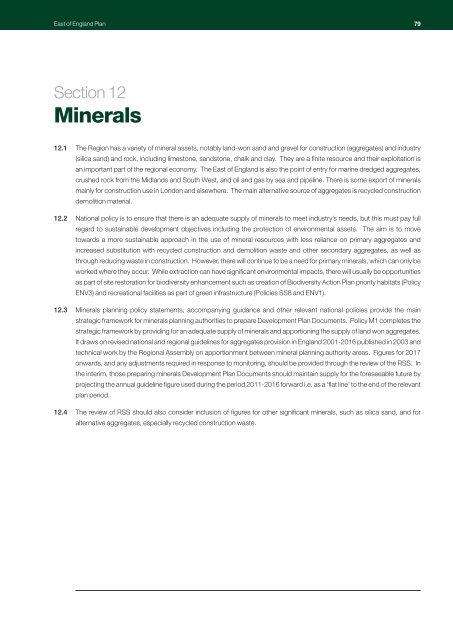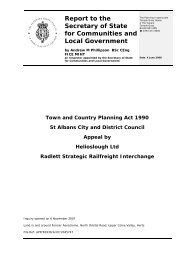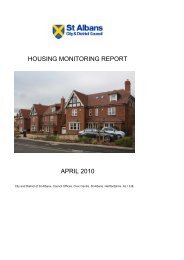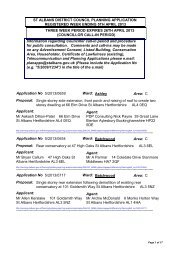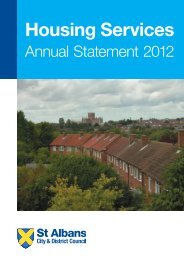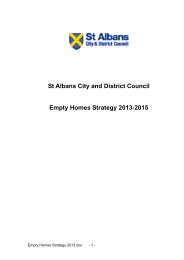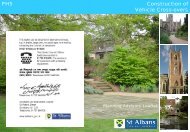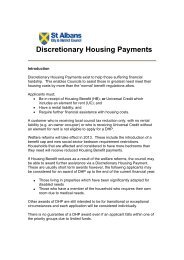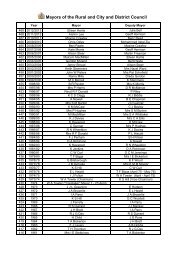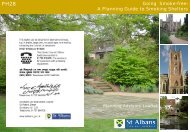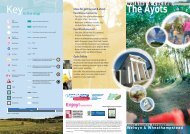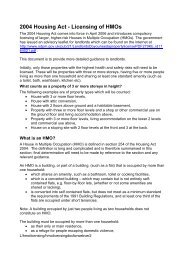RSS East Of England Plan - Broads Authority
RSS East Of England Plan - Broads Authority
RSS East Of England Plan - Broads Authority
Create successful ePaper yourself
Turn your PDF publications into a flip-book with our unique Google optimized e-Paper software.
<strong>East</strong> of <strong>England</strong> <strong>Plan</strong> 79<br />
Section 12<br />
Minerals<br />
12.1 The Region has a variety of mineral assets, notably land-won sand and gravel for construction (aggregates) and industry<br />
(silica sand) and rock, including limestone, sandstone, chalk and clay. They are a finite resource and their exploitation is<br />
an important part of the regional economy. The <strong>East</strong> of <strong>England</strong> is also the point of entry for marine dredged aggregates,<br />
crushed rock from the Midlands and South West, and oil and gas by sea and pipeline. There is some export of minerals<br />
mainly for construction use in London and elsewhere. The main alternative source of aggregates is recycled construction<br />
demolition material.<br />
12.2 National policy is to ensure that there is an adequate supply of minerals to meet industry’s needs, but this must pay full<br />
regard to sustainable development objectives including the protection of environmental assets. The aim is to move<br />
towards a more sustainable approach in the use of mineral resources with less reliance on primary aggregates and<br />
increased substitution with recycled construction and demolition waste and other secondary aggregates, as well as<br />
through reducing waste in construction. However, there will continue to be a need for primary minerals, which can only be<br />
worked where they occur. While extraction can have significant environmental impacts, there will usually be opportunities<br />
as part of site restoration for biodiversity enhancement such as creation of Biodiversity Action <strong>Plan</strong> priority habitats (Policy<br />
ENV3) and recreational facilities as part of green infrastructure (Policies SS8 and ENV1).<br />
12.3 Minerals planning policy statements, accompanying guidance and other relevant national policies provide the main<br />
strategic framework for minerals planning authorities to prepare Development <strong>Plan</strong> Documents. Policy M1 completes the<br />
strategic framework by providing for an adequate supply of minerals and apportioning the supply of land won aggregates.<br />
It draws on revised national and regional guidelines for aggregates provision in <strong>England</strong> 2001-2016 published in 2003 and<br />
technical work by the Regional Assembly on apportionment between mineral planning authority areas. Figures for 2017<br />
onwards, and any adjustments required in response to monitoring, should be provided through the review of the <strong>RSS</strong>. In<br />
the interim, those preparing minerals Development <strong>Plan</strong> Documents should maintain supply for the foreseeable future by<br />
projecting the annual guideline figure used during the period 2011-2016 forward i.e. as a ‘flat line’ to the end of the relevant<br />
plan period.<br />
12.4 The review of <strong>RSS</strong> should also consider inclusion of figures for other significant minerals, such as silica sand, and for<br />
alternative aggregates, especially recycled construction waste.


